Table of Contents
Understanding the Scoville Scale: How Pepper Heat is Measured
The Scoville scale, also known as the peppers hot scale, measures the heat level of chili peppers in Scoville Heat Units (SHU). Developed by pharmacist Wilbur Scoville in 1912, it quantifies the concentration of capsaicinoids, the compounds responsible for the heat sensation in peppers. This guide explains how the scale works, lists popular peppers with their heat levels, and provides practical tips for handling hot peppers.
How the Pepper Heat Scale Works
The peppers hot scale, also known as the Scoville scale, was developed by Wilbur Scoville in 1912. It measures the concentration of capsaicinoids, the compounds responsible for the heat in peppers. The higher the number, the hotter the pepper.
Here's a quick breakdown of how it works:
- Scoville Heat Units (SHU): The standard measurement used to quantify the heat of a pepper.
- Capscinoid Concentration: Measured through a dilution process where the pepper extract is diluted until the heat is no longer detectable by a panel of tasters.
For example, a bell pepper has zero SHU, while the Carolina Reaper can reach over 1.5 million SHU.
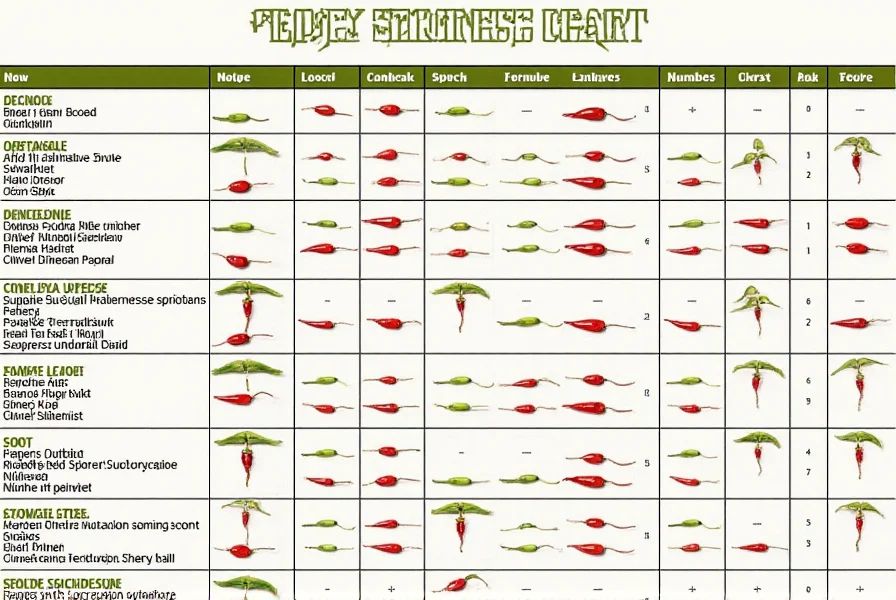
Understanding Spice Levels and Their Effects
Spice levels vary widely, from mild to extremely hot. Here's a general guide to help you understand where your favorite peppers fall on the scale:
| Pepper | Heat Level (SHU) | Common Uses |
|---|---|---|
| Bell Pepper | 0 | Cooking, salads, roasting |
| Jalapeño | 2,500–8,000 | Salsas, tacos, guacamole |
| Ghost Pepper | 100,000–300,000 | Spicy sauces, Indian dishes, challenges |
| Carolina Reaper | 1.5 million+ | Extreme heat challenges, specialty products |
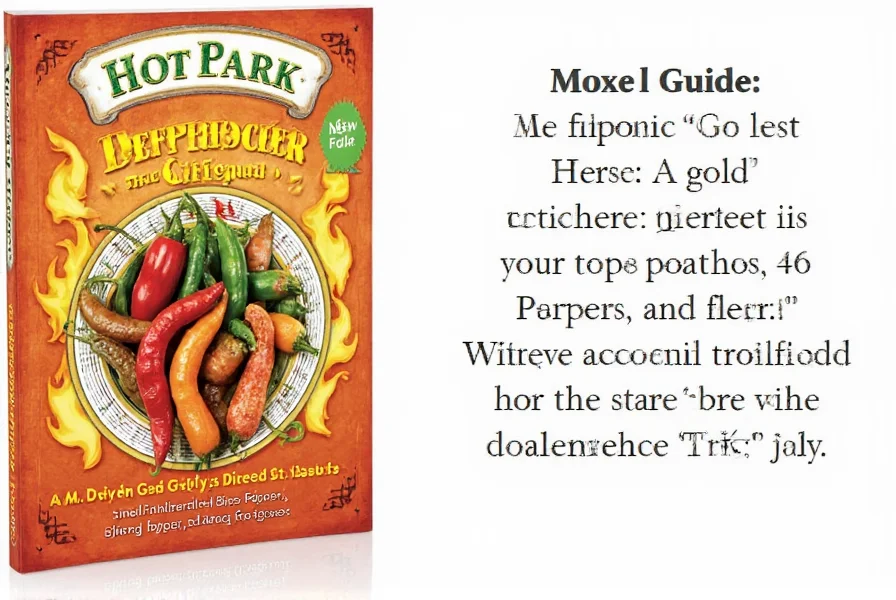
Keep in mind that the heat level doesn't always correlate with flavor. Some peppers may be extremely hot but still have a rich, fruity, or smoky taste.
Practical Tips for Handling Hot Peppers
If you're new to handling hot peppers, here are some tips to keep you safe and comfortable:
- Wear gloves: Always use gloves when cutting or handling hot peppers to avoid skin irritation.
- Wash hands thoroughly: After handling peppers, wash your hands with soap and water to remove any residual capsaicin.
- Avoid touching your face: Capsaicin can cause severe burning if it comes into contact with your eyes, nose, or mouth.
- Use a fan: When cooking with hot peppers, use a fan to blow away the fumes, which can irritate your eyes and throat.
- Have something to soothe the burn: Milk, yogurt, or even bread can help neutralize the heat.
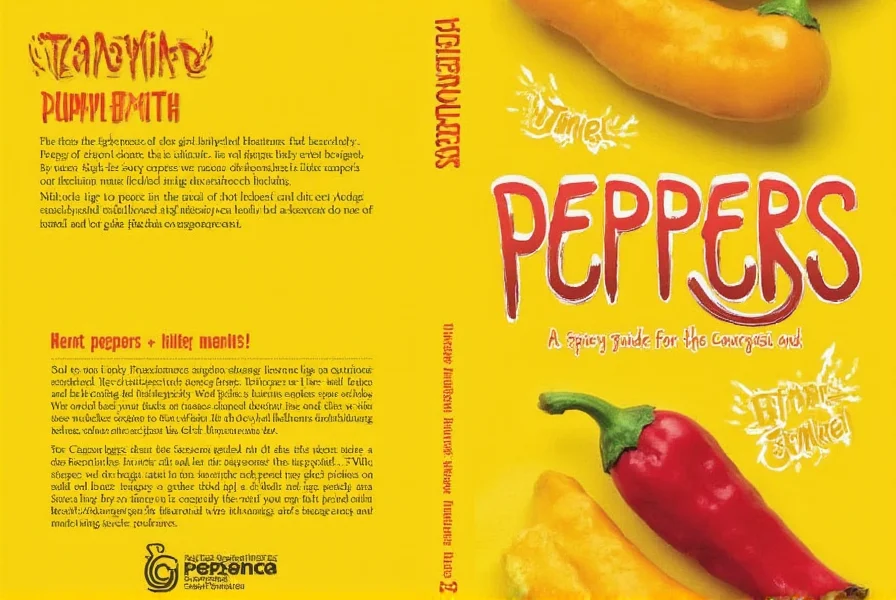
The Ultimate Buying Guide for Spicy Lovers
If you're looking to add more heat to your kitchen, here are some top-rated products that cater to different spice levels:
1. Ghost Pepper Powder
Features: Made from dried ghost peppers, this powder delivers intense heat with a slightly sweet and smoky flavor.
Advantages: Great for adding heat to marinades, rubs, and sauces without the mess of fresh peppers.
Use Cases: Ideal for making spicy curries, hot sauces, or seasoning meats.
Target Audience: Intermediate and advanced spice lovers who want to experiment with heat.
Suitable Occasions: Cooking parties, holiday meals, or personal spice challenges.
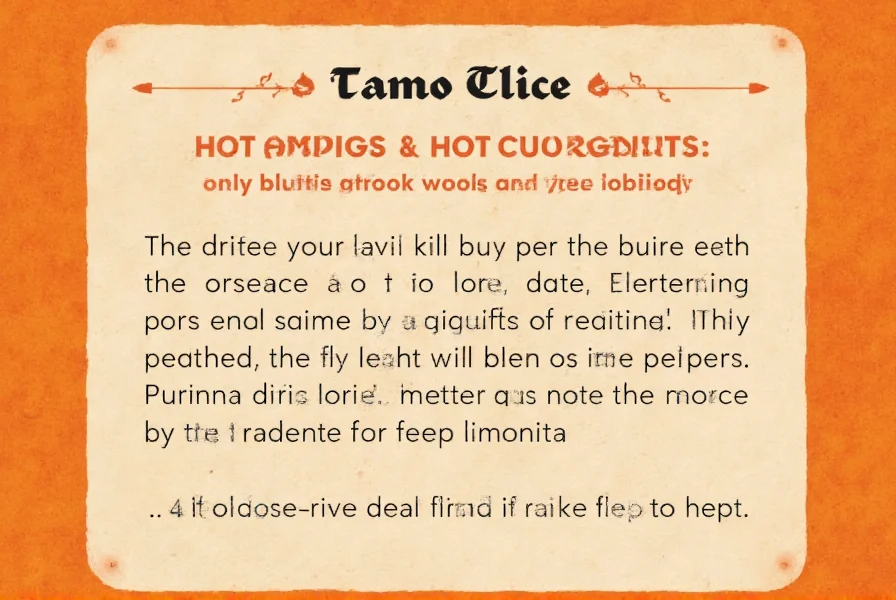
2. Habanero Chutney
Features: A zesty blend of habaneros, vinegar, and spices, this chutney adds both heat and tanginess to any dish.
Advantages: Easy to use and versatile in recipes like dips, dressings, and glazes.
Use Cases: Perfect for topping grilled meats, mixing into salsas, or enhancing soups and stews.
Target Audience: Those who enjoy a balance of heat and flavor.
Suitable Occasions: Casual dinners, summer barbecues, or creative cooking projects.
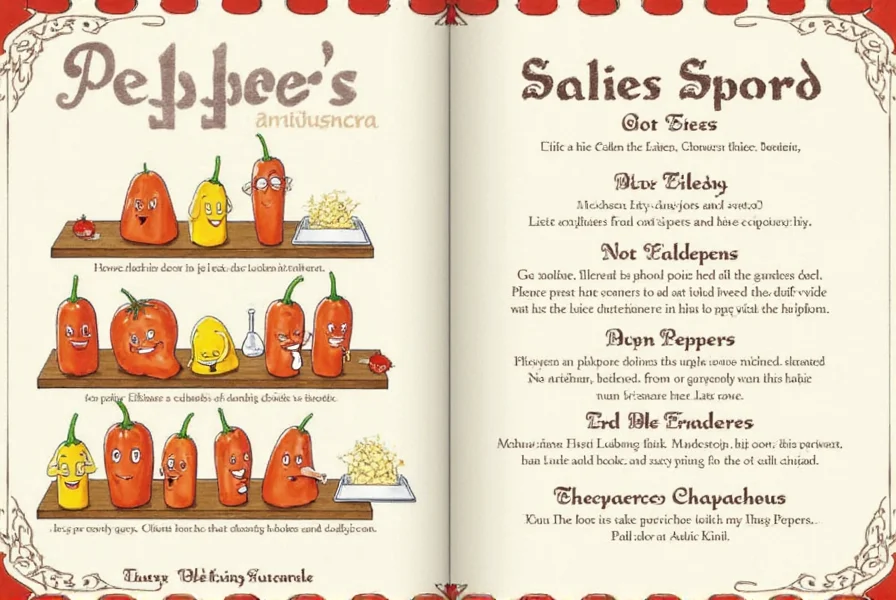
3. Carolina Reaper Hot Sauce
Features: Infused with the world's hottest pepper, this sauce is for those who dare to taste extreme heat.
Advantages: Adds a bold, fiery kick to any meal or snack.
Use Cases: Ideal for spicy food challenges, gourmet dishes, or daring culinary experiments.
Target Audience: Advanced spice enthusiasts and thrill-seekers.
Suitable Occasions: Competitive eating events, themed dinners, or personal achievements.
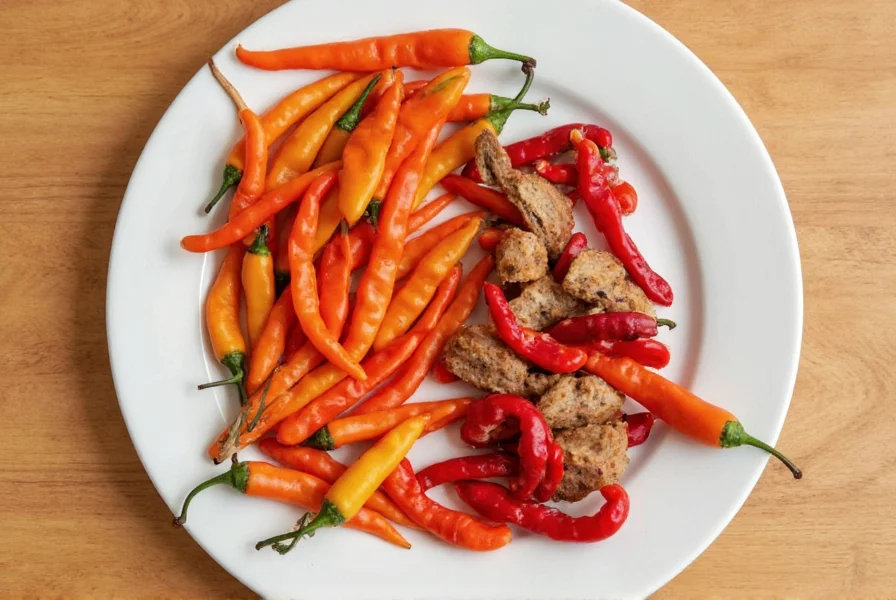
4. Cayenne Pepper Flakes
Features: Dried and crushed cayenne peppers, known for their vibrant color and moderate heat.
Advantages: Versatile and easy to incorporate into many recipes.
Use Cases: Sprinkle on pizza, mix into pasta sauces, or use as a seasoning for roasted vegetables.
Target Audience: Beginners and those who prefer a balanced heat level.
Suitable Occasions: Everyday cooking, family dinners, or casual gatherings.

5. Pepper Seeds (for growing)
Features: Organic seeds from various pepper varieties, including jalapeños, serranos, and habaneros.
Advantages: Great for growing your own spicy garden or experimenting with homegrown heat.
Use Cases: Ideal for gardening enthusiasts or those who love to grow their own ingredients.
Target Audience: Hobbyists and eco-conscious cooks.
Suitable Occasions: Spring planting, DIY cooking projects, or educational activities.
Remember, the peppers hot scale is not just about heat—it's about flavor, tradition, and the joy of discovery. Whether you're cooking for yourself or impressing guests, understanding this scale will elevate your culinary experience.
Frequently Asked Questions About the Scoville Scale
What exactly is the Scoville scale?
The Scoville scale is a measurement of the pungency (spiciness or "heat") of chili peppers or other spicy foods, as reported in Scoville Heat Units (SHU). Developed by pharmacist Wilbur Scoville in 1912, the scale measures the concentration of capsaicinoids—the chemical compounds responsible for the heat sensation in peppers.
How is pepper heat scientifically measured today?
While the original Scoville test relied on human taste panels, modern measurement uses high-performance liquid chromatography (HPLC) to precisely measure the capsaicinoid content. The results are then converted to Scoville Heat Units. HPLC provides a more accurate and consistent measurement than the subjective human testing used in Scoville's original method.
What's the hottest pepper in the world according to the scale?
As of current records, the Carolina Reaper holds the title of the world's hottest pepper, with an average heat of 1,641,183 Scoville Heat Units and peaks over 2.2 million SHU. It was officially recognized by Guinness World Records in 2013. However, pepper breeding continues, and new contenders like Pepper X have been claimed to be even hotter, though not yet officially verified.
Can regular consumption of spicy peppers increase my heat tolerance?
Yes, regular consumption of spicy foods can increase your tolerance to capsaicin, the compound that creates the burning sensation. This happens because capsaicin temporarily desensitizes the TRPV1 receptors in your mouth and digestive tract. Over time, you'll need to consume more capsaicin to experience the same level of heat. This tolerance is temporary and diminishes if you stop eating spicy foods regularly.
Why do peppers produce capsaicin if it's so hot?
Peppers produce capsaicin as a defense mechanism against predators. The compound deters mammals from eating the peppers (mammals feel the burn), while birds, which don't have the same receptors for capsaicin, can eat the peppers and disperse the seeds through their droppings. This evolutionary adaptation helps ensure the pepper plant's survival and propagation.
What's the best way to relieve the burning sensation from hot peppers?
Contrary to popular belief, water isn't effective for relieving pepper burn because capsaicin is oil-based and not water-soluble. The best remedies include dairy products (milk, yogurt, sour cream) which contain casein that binds to capsaicin, or fats/oils which can dissolve the capsaicin. Sugar or honey can also help neutralize the sensation. For skin exposure, rubbing alcohol or specialized pepper sprays can help remove the capsaicin oil.
Conclusion
From mild to mind-blowing, the Scoville scale offers a fascinating way to explore the world of spicy flavors. By understanding the scale, you can better navigate the vast array of peppers and find the perfect heat level for your taste. With the right tools, knowledge, and a bit of courage, you can become a true spice enthusiast. So go ahead—reach for that chili, and let the heat begin!
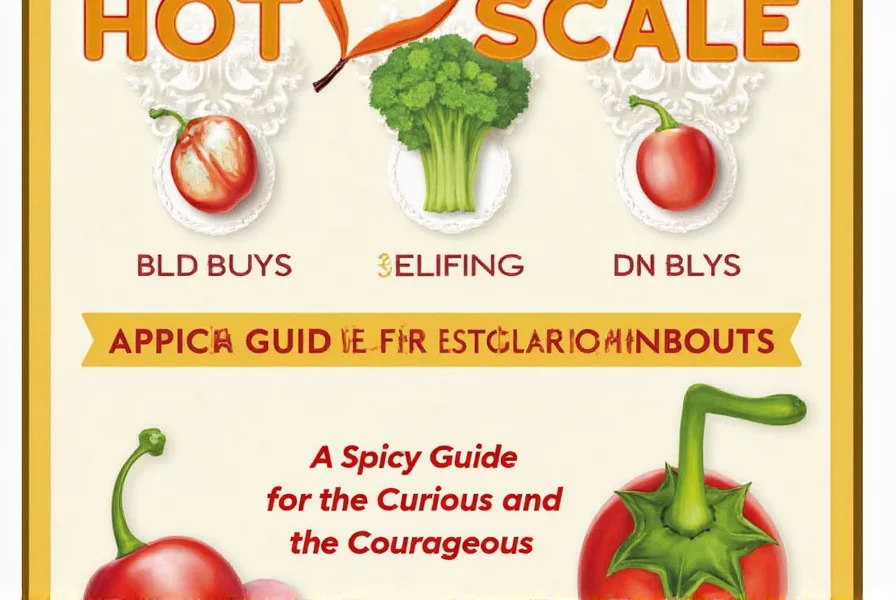
The Scoville scale is a powerful tool that helps us measure and appreciate the intensity of heat in peppers. Whether you're a beginner or an expert, knowing how to read and use this scale can transform your cooking and spice experiences.











 浙公网安备
33010002000092号
浙公网安备
33010002000092号 浙B2-20120091-4
浙B2-20120091-4